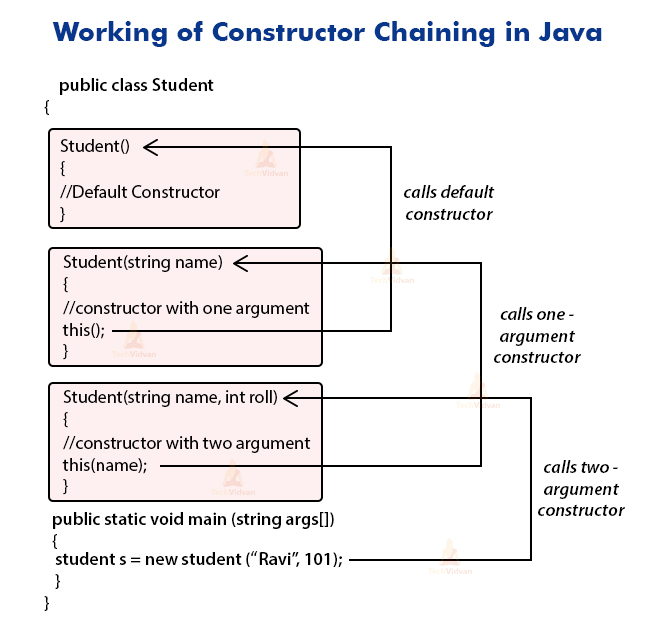
Look for a definition of toString in the superclass point. It does not exist, so the superclass is next to be examined. Look for a definition of toString in the class Point3D. What happens in detail when we call the toString method of a three-dimensional point? The execution advances in the following manner.

A basic component of part management is the class Part, which defines the identifier, the manufacturer, and the description. Let's take a look at a car manufacturing system that manages car parts. The class that receives the properties is called the subclass, and the class whose properties are inherited is called the superclass.

You use the keyword extends to inherit the properties of a class. So ArrayList has at its disposal all the variables and methods of the classes AbstractList, AbstractCollection, and Object. So the ArrayList class derives from the class AbstractList, and indirectly derives from the classes AbstractCollection and Object. However, a class indirectly inherits all the properties of the classes it extends. Įach class can directly extend only one class. AbstractList, in turn, has the class Object as its superclass. When we examine the API (Application Programming Interface) of Java's ArrayList, we notice that ArrayList has the superclass AbstractList. The objects we create receive the methods equals and hashCode, among others, from the Object class.Įvery class derives from Object, but it's also possible to derive from other classes. If we want to change how these methods are defined in Object function, they must be overriden by defining a new implementation for them in the newly created class. For instance, our user interface classes have so far made use of Scanner objects.Įvery Java class extends the class Object, which means that every class we create has at its disposal all the methods defined in the Object class. Objects are used in cooperation each has its own area of responsibility. An object in object-oriented programming is an independent unit that has a state, which can be modified by using the methods that the object provides. An essential idea behind object-oriented programming is that solutions rise from the interactions between objects which are created from classes.

This functionality is needed to solve the problems that we encounter. Every class we create adds functionality to the programming language. You can assess when to use inheritance, and you can come up with an example that is ill-suited for inheritance.Ĭlasses are used to clarify the concepts of the problem domain in object-oriented programming.You know how an object's executed method is determined, and you are familiar with the concept of polymorphism.You can call a constructor or method that is defined in a superclass.You can create classes that inherit some of their properties from another class.You are familiar with the concepts of inheritance, superclass, and subclass.You know that in the Java programming language every class inherits the Object class, and you understand why every object has methods toString, equals, and hashCode.

In single level inheritance, the constructor of the base class is executed first. Order of execution of constructor in Single inheritance Different ways of the order of constructor execution in Java 1. There can be different orders of execution depending on the type of inheritance. It follows a certain sequence according to the class hierarchy. Therefore the execution of the constructors starts after the object initialization. While implementing inheritance in a Java program, every class has its own constructor. What is the order of execution of constructor in Java inheritance? It is executed when an instance of the class is created.Ī constructor cannot be static, abstract, final or synchronized. A constructor doesn't have a return type.Ī Java program will automatically create a constructor if it is not already defined in the program. Constructor has the same name as the class name. Next → ← prev Order of Execution of Constructors in Java Inheritance Constructors in JavaĪ constructor in Java is similar to a method with a few differences.


 0 kommentar(er)
0 kommentar(er)
